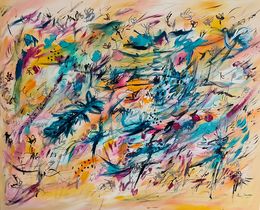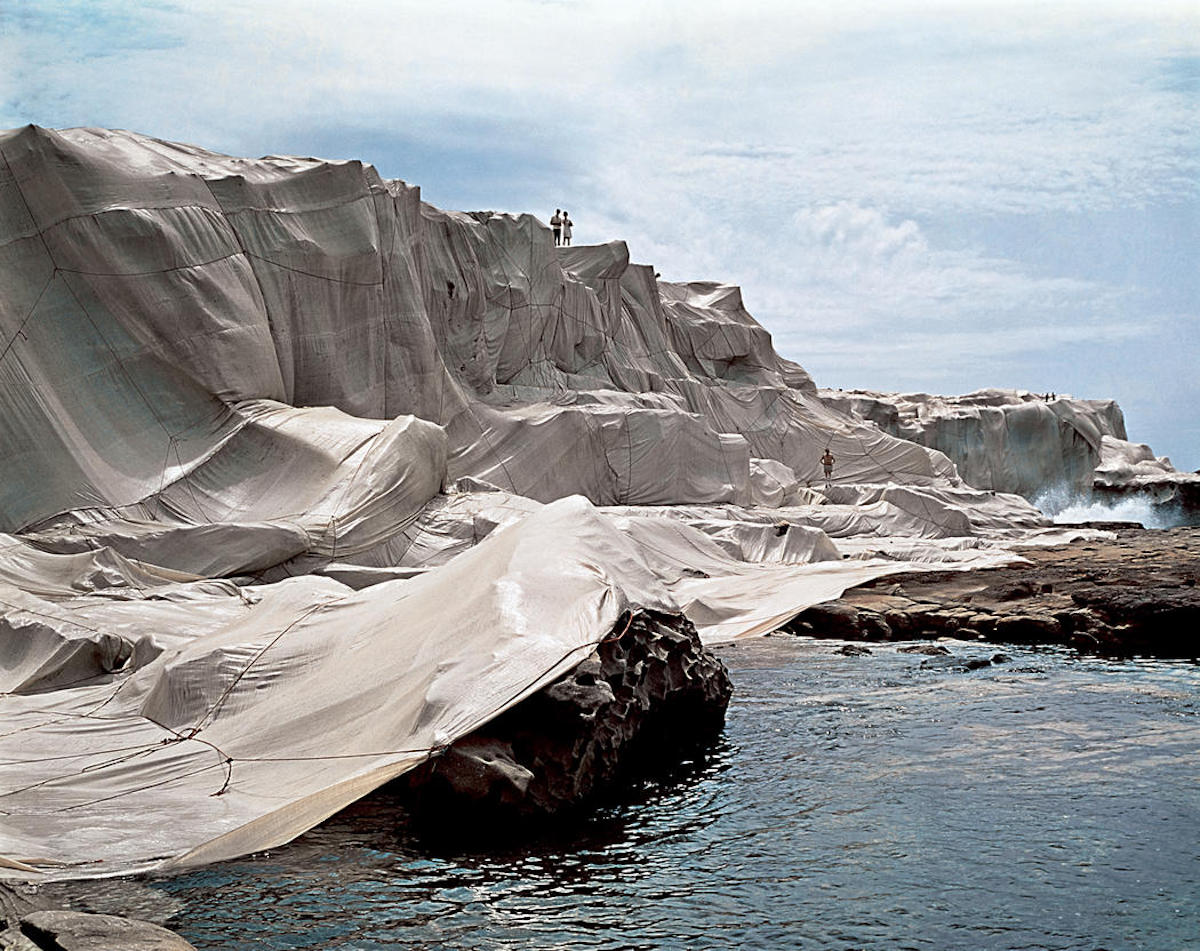
Our Favorite Works of Land Art

Land Art is an artistic movement developed in the United States in the 60s, under the influence of a group of artists rejecting the commercialisation of art. By using only natural materials, they wanted to escape from the art market’s machinery but made it impossible to organize exhibitions in traditional art galleries. Land Art, developed at the same time as Minimalism, puts into question our vision of both art and nature.
1. The Wave Field, Maya Lin

“Whether it’s art, architecture, or memorials, I realize now that all my work is intrinsically tied to the natural landscape around us,” shares Maya Lin. These waves of grass are set against the Hudson Valley’s mountains at the Storm King sculpture park in New York. One of the most striking elements is perhaps how natural they appear to be, as if these ripples naturally occur on land, just as they do in water. The view from above is quite different from the experience of actually visiting this piece in person, where one can navigate the alleyways that measure up to ten or fifteen feet high. The scale of this piece, which is meant to resemble the ocean’s waves, leaves you feeling lost at sea.
2. The Umbrellas, Christo & Jeanne Claude

Among the most famous land artists were the unforgettable Christo and Jeanne Claude. This duo changed how many interacted with and even perceived of art. Whether it be the wrapping of the Pont Neuf in Paris or the Floating Piers on Lago Iseo, the artists always opted for temporary exhibitions, typically lasting less than two weeks. Such is the case for The Umbrellas, an early example of land art that co-existed in both the USA and Japan. More than 3,100 yellow and blue umbrellas were installed in Ibaraki and California, to reflect that these two far away places weren’t as different as one may believe.
3. Stoneline, Richard Long

British artist Richard Long is at the center of the land art movement. The artist finds inspiration from his walks and by spending time in nature. His work is now featured in a handful of permanent collections, at the Tate and across the world. With a piece like Stoneline, we can easily gain insight into the artist’s conceptual approach to land art. Made of slate, this linear sculpture aims to present a contrast between the natural material and the artificial, indoor space. Long’s work isn’t usually “set in stone” like this, since most land art is inherently temporary and in exterior settings.
4. Sun Tunnels, Nancy Holt

The deserts of Utah are naturally beautiful, but Nancy Holt’s work of land art is here to highlight it nonetheless. The Sun Tunnels are not monumental in size, but they drastically change one’s perspective. With perception and placement in mind, Holt creates these perforated cement tunnels that display their own kind of cosmological pattern when the sun hits them. It is an experience like no other, one that grounds you and reminds you of just how much the environment is a gift.
5. Out early morning calm, Andy Goldsworthy

Andy Goldsworthy has a unique vision of Land Art, relying mostly on the materials he finds on hand. With this approach, the artist doesn’t separate the artwork from its immediate environment. For example, his work titled Out early morning calm uses stems which are pushed to the bottom of the lake, to form a reflected structure. By using the natural properties of water to create this ephemeral art piece, Goldsworthy demonstrates what nature is capable of and the unlimited potential for land art ideas.
6. The Green Cathedral, Marinus Boezem

Near Almere in the Netherlands, the Green Cathedral is architecture-inspired garden that mimics the structure of Reims’s Cathedral de Notre-Dame. Marinus Boezem, the artist behind this work, recreated the Cathedral by planting 178 poplar trees in 1987. Since then, the piece of land art has grown, in the literal sense, to become about 490 feet long and 98 feet tall. Halfway between artwork and forest, the Green Cathedral challenges the very definition of what a land artist can be.
7. Tibesti, Jean Verame

It took four months for Jean Verame to paint twenty-nine of the Tibesti desert’s massifs. In 1989, the land artist wasn’t yet recognized as such and repeatedly earned the title of “undefinable.” His paintings were not to be found in galleries or to be sold at for certain price. Rather, they existed simply to exist, as a symbol of the human existence and our time on our earth. Inspired by ancient myths, Verame also hoped these painted mountains would bring peace to the region.

About Artsper
Founded in 2013, Artsper is an online marketplace for contemporary art. Partnering with 1,800 professional art galleries around the world, it makes discovering and acquiring art accessible to all.
Learn more













